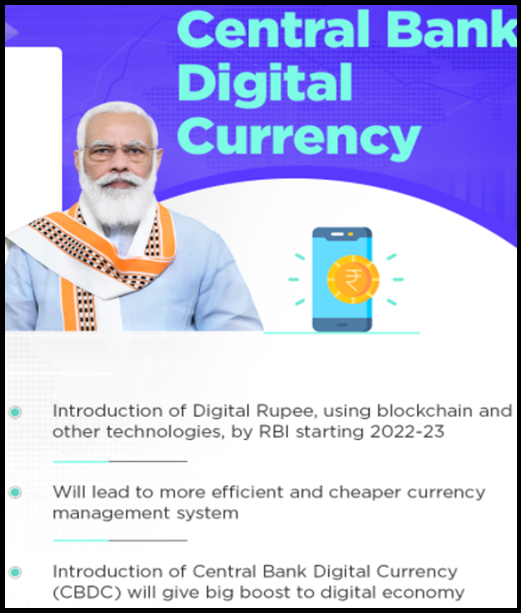DIGITAL RUPEE: BENEFITS, CHALLENGES, AND GLOBAL COMPARISONS
Why in the news?
India’s digital rupee pilot explores CBDCs’ potential to enhance financial inclusion, digital payments, and cross-border transactions amid adoption challenges.
source:scribd
Digital Rupee Overview:
- India, led by the Reserve Bank of India (RBI), launched a Central Bank Digital Currency (CBDC) pilot for a digital rupee in late 2022.
- Two types of CBDC were introduced: wholesale (CBDC-W) for market transactions and retail (CBDC-R) for general use as digital fiat money.
- CBDCs are sovereign currencies, unlike private digital payments like UPI.
Benefits and Potential:
- Aimed at boosting financial inclusion and digital payment efficiency.
- Helps unbanked populations with a safe, easy digital payment solution.
- Can enhance cross-border payment systems, beneficial for India as the largest remittance recipient.
- 15 global projects are exploring CBDC interoperability.
About Central Bank Digital Currency(CBDC):
Objectives:
Global Trends:
What is e-Rupee?
Associated Article: https://universalinstitutions.com/cbdc-future-upi-payment-revolution/ |




